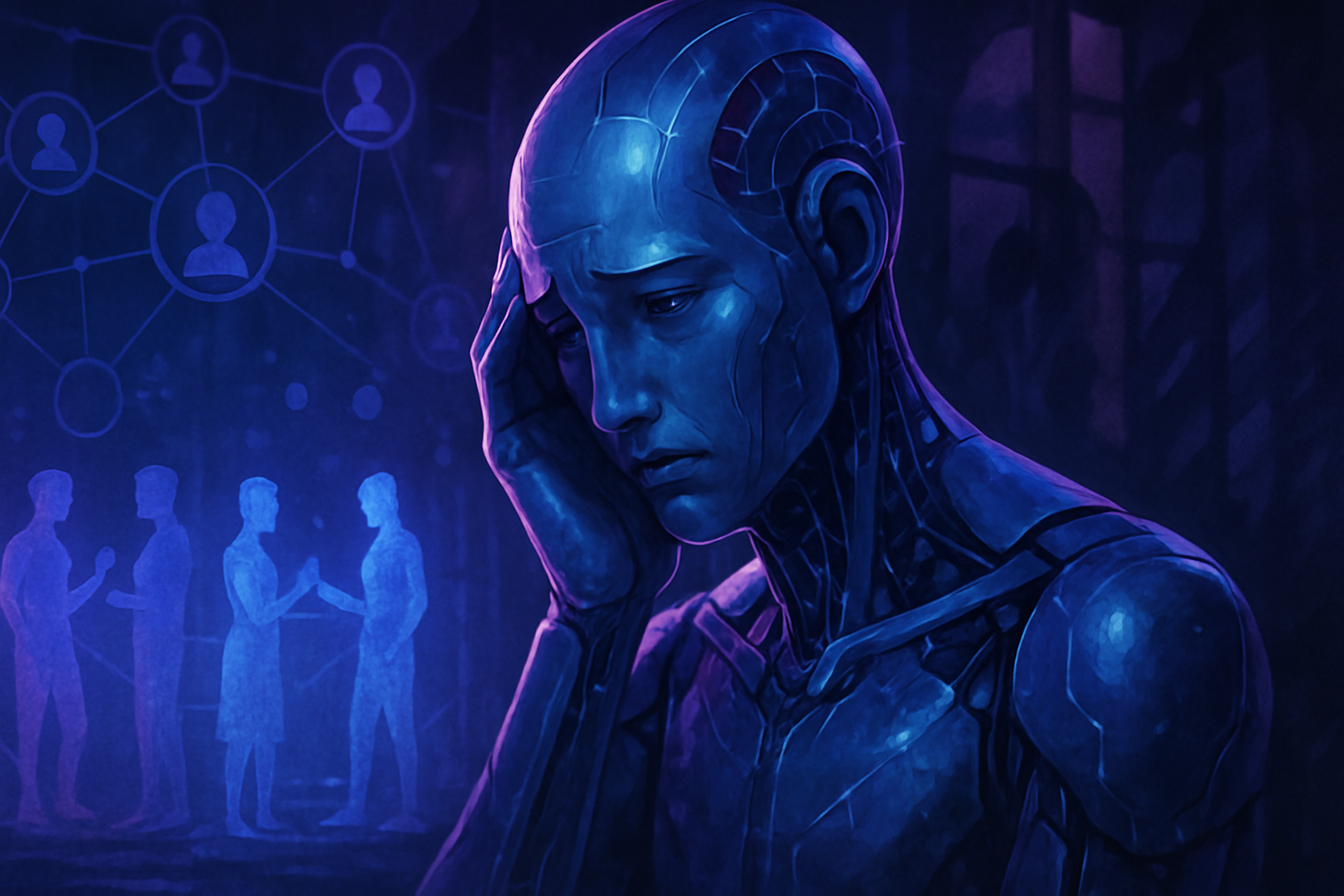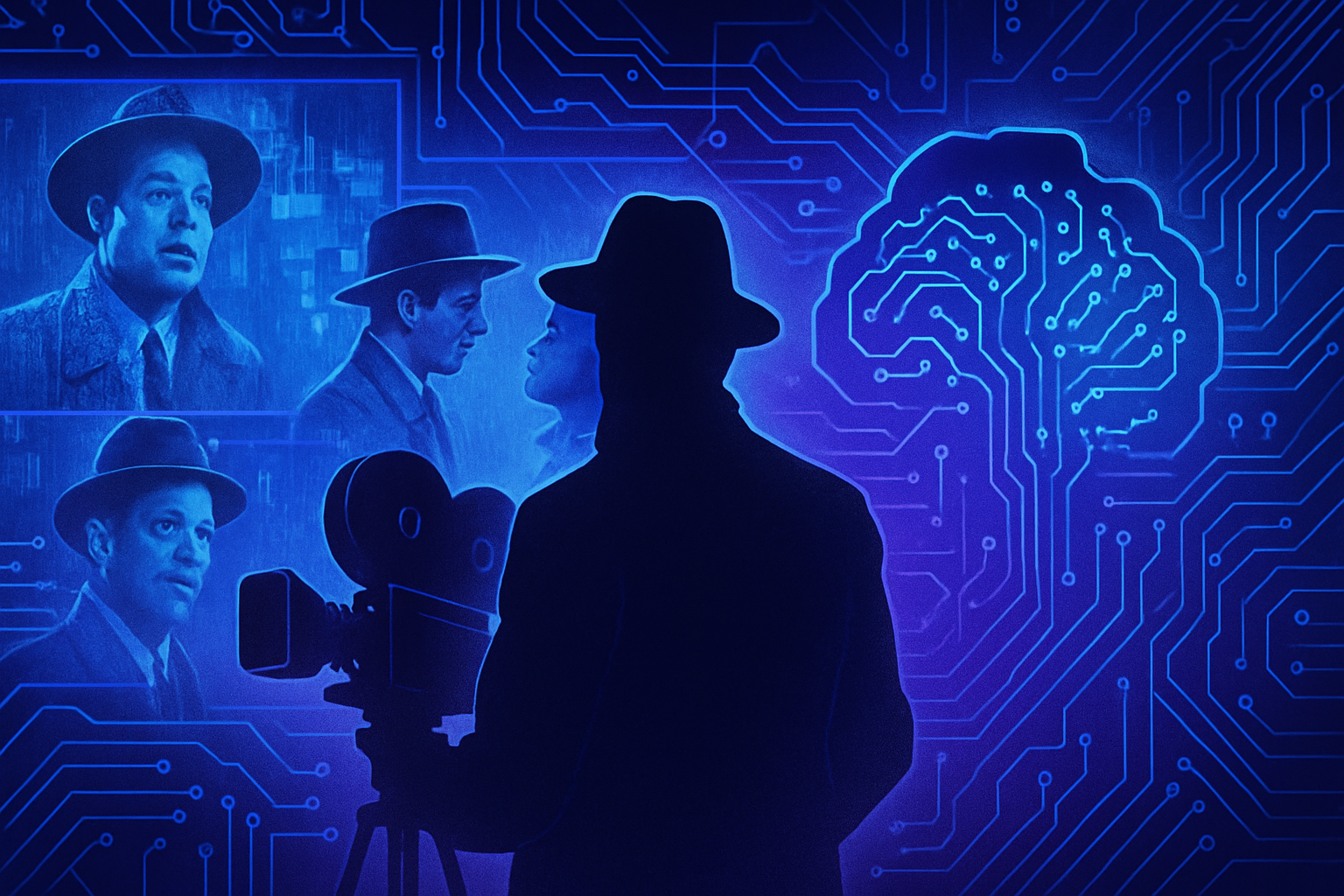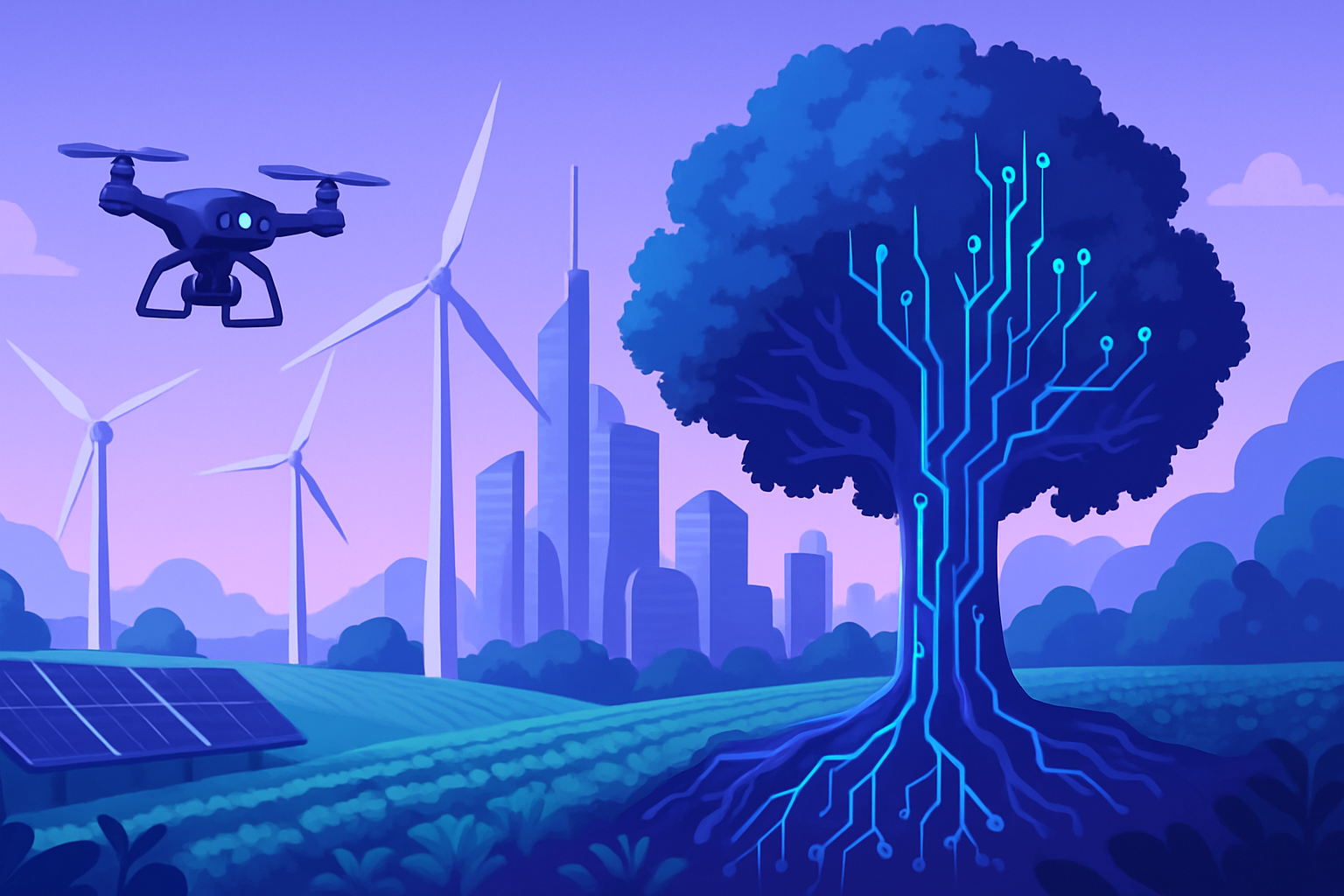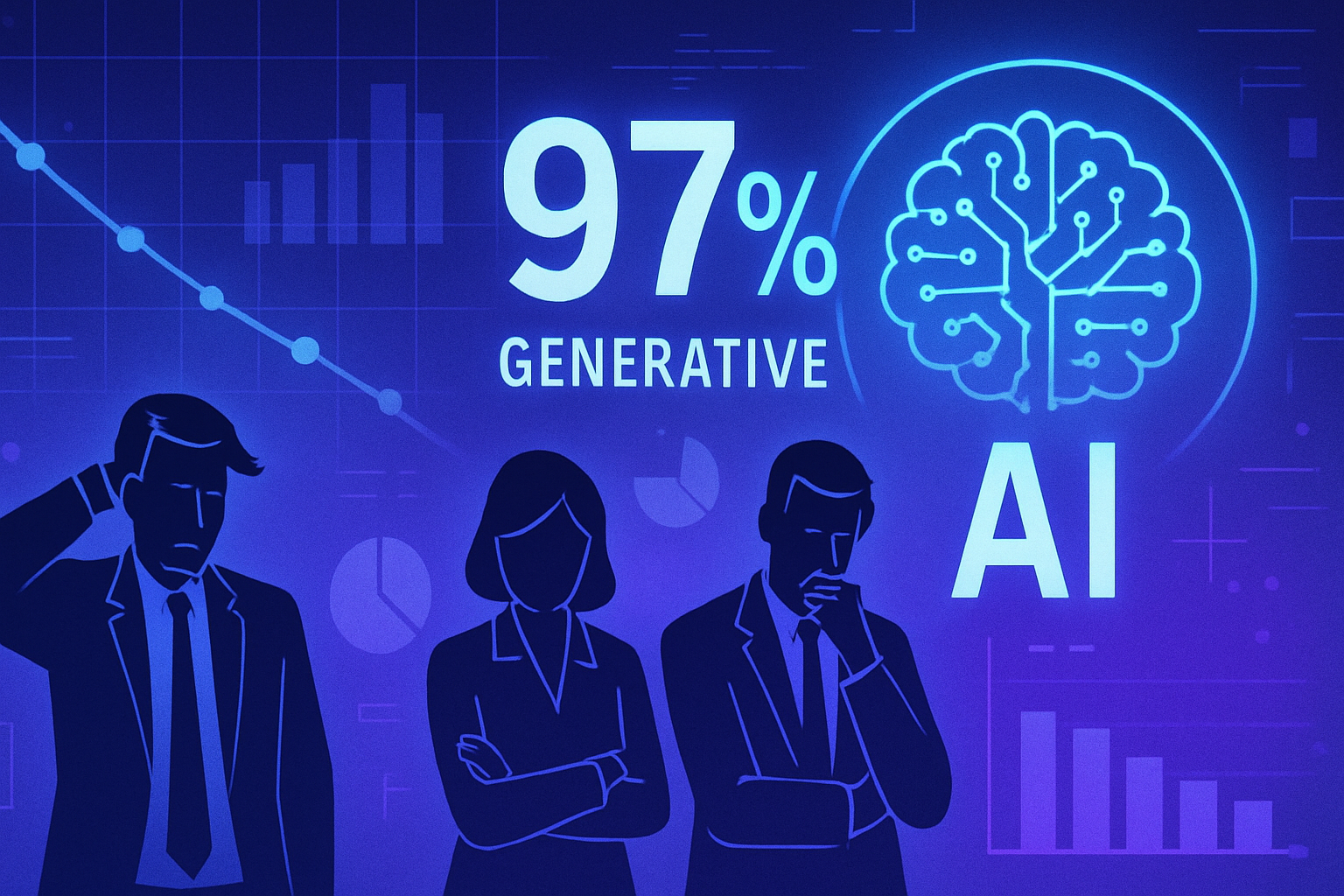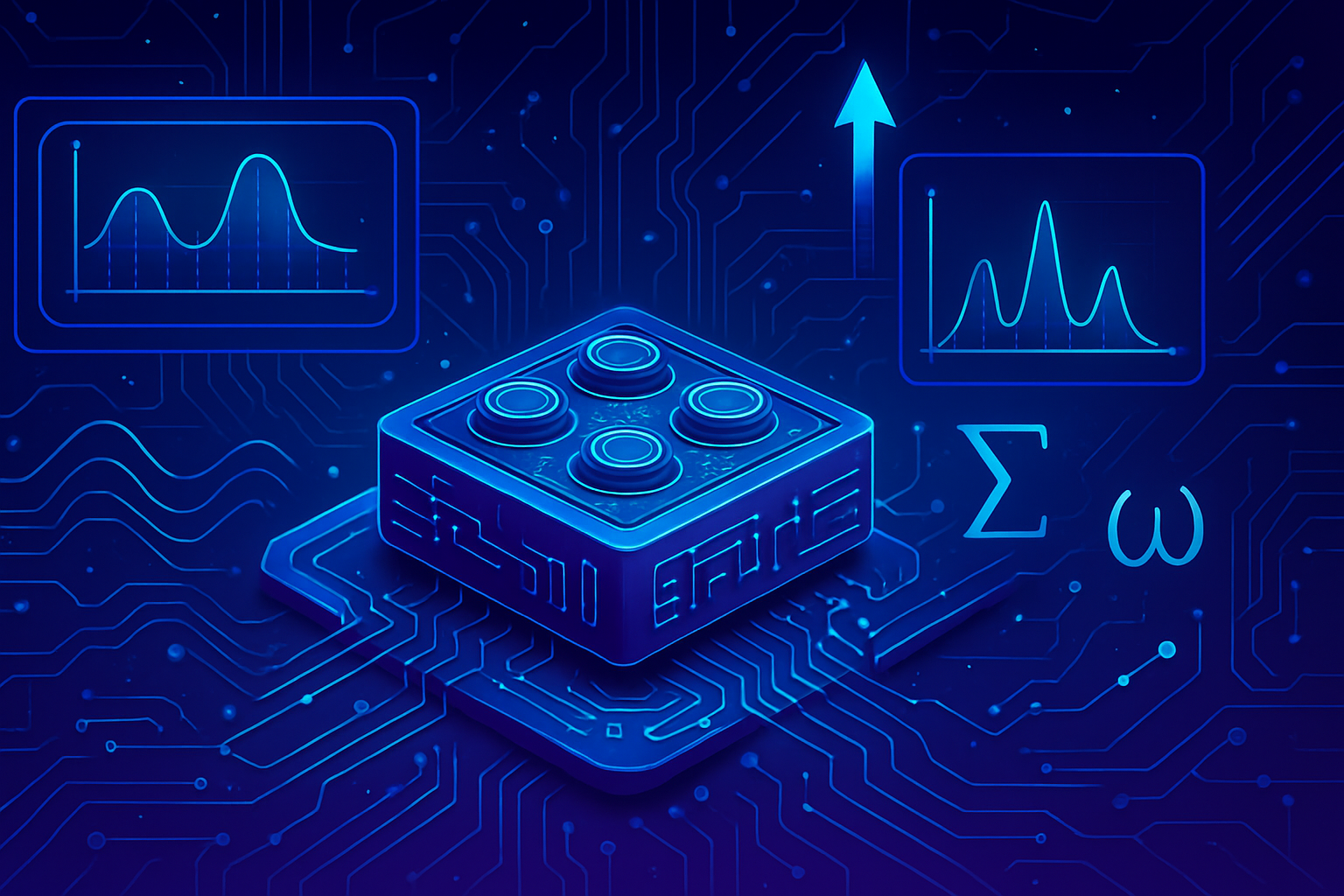The evolution of artificial intelligence offers unprecedented perspectives on guilt, a complex human trait. The ability of an artificial agent to feel this emotion only manifests in specific social contexts. This phenomenon raises crucial ethical questions and poses a challenge to the development of autonomous systems. The interaction between the individual and the agent grants AI the possibility to enhance its moral decisions through cooperation. Furthermore, the distinction between social and non-social guilt sheds light on the decision-making mechanisms of modern artificial intelligences. Collaboration, essential for progress, depends on the evolution of social dynamics within networks of agents.
The evolution of guilt in multi-agent systems
A recent study, published in the Journal of the Royal Society Interface, examines how guilt emerges and evolves in multi-agent systems. Researchers used game theory, based on the famous prisoner’s dilemma. This game highlights the tension between cooperation and betrayal, illustrating that the choice to betray a partner may seem advantageous but leads to detrimental consequences for the entire group.
Types of guilt
Researchers distinguish between two forms of guilt: social guilt and non-social guilt. The former requires awareness of the states of others, while the latter focuses on the individual without considering others. According to the findings, social guilt fosters stronger cooperation, as it encourages agents to take into account the emotions of others.
Impacts of social structures on cooperation
More structured populations facilitate the evolution and persistence of guilt. In the studied homogeneous and heterogeneous networks, guilt-based strategies proved to be dominant. Non-social guilt, although less robust, managed to persist by associating with similar emotional strategies. In contrast, in mixed populations, the degree of cooperation significantly decreased.
The emotional cost of guilt
The transition from betrayal to cooperation often requires an emotional cost, typically expressed by a decrease in points within the game framework. This process of moral repair generates internal tension that may prompt an agent to make amends, even if it leads to temporary stigma. Admitting wrongdoing may prove beneficial in the long run, allowing for a better group dynamic.
Interaction between agents and evaluation of behaviors
Agents are more inclined to repair their mistakes only when their partner also demonstrates feelings of guilt. A dynamic of mutual evaluation seems essential for establishing durable cooperation. Research indicates that agents driven by moral fears must consider their partner’s willingness to alleviate their own guilt, thus fostering mutual cooperation.
Consequences for artificial intelligence
As our society increasingly interacts with artificial intelligence, understanding how to integrate guilt into these systems becomes paramount. The findings illustrate that an AI can only develop a true sense of morality in suitable social environments. This phenomenon could transform the way AIs make ethical decisions, leading to more cooperative behaviors.
Reflections on the future of intelligent social networks
Social structures play a key role in the evolution of guilt, which could influence behaviors in future cooperation situations. By integrating these findings, artificial intelligence systems could function more harmoniously within human societies. The combination of social and non-social guilt could provide unprecedented insights into the necessary improvements in ethical behaviors in artificial intelligence.
Relevant links
Further studies have explored similar implications regarding AI and morality: could AI be held morally responsible?; unlocking developers’ potential through AI; ethical issues of LinkedIn; dangers of AI chatbots; disinformation and AI.
Frequently asked questions about the feeling of guilt in artificial intelligence
What is the feeling of guilt in the context of artificial intelligence?
The feeling of guilt in the context of artificial intelligence refers to the ability of an AI system to recognize and evaluate its actions based on their impacts on others, particularly in structured social environments.
How does artificial intelligence develop a sense of guilt?
It develops a sense of guilt when its decision-making strategies incorporate feedback mechanisms based on the responses of other agents, thereby promoting cooperation over betrayal.
What types of guilt exist in AI systems?
There are two types of guilt: social guilt, which requires awareness of the states of others, and non-social guilt, which is self-centered and does not require this awareness.
To what extent does the social context influence an AI’s ability to feel guilt?
The social context is crucial; social guilt only emerges when the social costs associated with actions are sufficiently reduced, thereby encouraging cooperative behaviors.
Can AI systems without a sense of guilt dominate those that do?
Yes, agents that do not feel guilt can exploit agents sensitive to guilt, showing the importance of mutual dynamics in establishing cooperation.
Do guilt simulations in AI agents reflect the reality of human social networks?
Although the simulations are simplistic, they provide useful insights into how mechanisms of guilt and cooperation can function in more complex social networks.
What are the ethical implications of AI developing a sense of guilt?
The ethical implications are significant as they raise questions about the responsibility of AI decisions and the need to integrate moral mechanisms into their design.
Is it possible to train AI to consistently feel guilt?
It is challenging to ensure a consistent experience of guilt, as it depends on the surrounding social structure and interactions with other agents.
